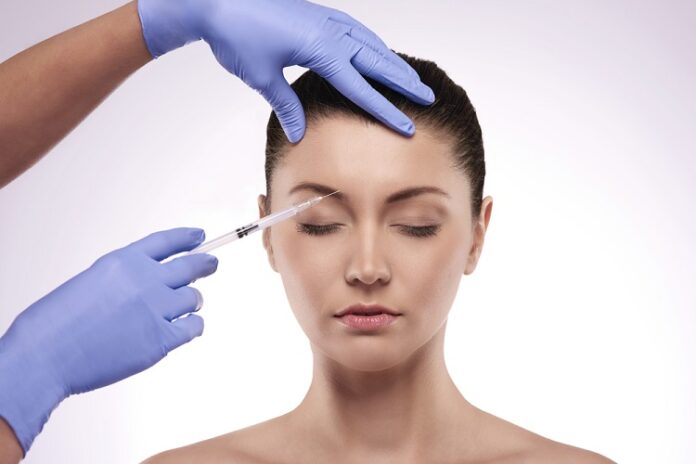Are you unhappy with the shape and size of your nose, and would you do anything to improve its appearance? Does the structure of your nose affect your breathing and cause difficulties? If yes, you could be a candidate for rhinoplasty with Dr. Matthew Shawl New York. Rhinoplasty is a surgery that changes the appearance of your nose and helps improve breathing difficulties. The procedure can also repair deformities sustained from an injury and correct congenital disabilities. You will discuss important facts with your doctor regarding treatment to determine if rhinoplasty will work for you. The discussion below will cover what happens before and after your treatment.
Table of Contents
Your Preparation for Treatment
Before your treatment, you will meet with your surgeon to discuss factors determining if this surgery will work effectively for you. First, your doctor will ask about your medical history, including current medications, previous surgeries, and nasal obstruction. You may not qualify for rhinoplasty if you have a bleeding disorder. Next, your doctor will ask why you want the surgery and what your goals are with this surgery. Your doctor will then perform a physical exam to examine your nose and facial features while determining what changes will be made to your features. Lastly, you will discuss with your doctor what to expect after surgery. Your doctor will explain what the procedure can and cannot do for you.
During Rhinoplasty
Your surgeon will recommend the right anesthesia depending on the complexity of your surgery. Next, your surgeon may do a rhinoplasty inside your nose and readjust cartilage and bone underneath your skin. Depending on what your surgeon needs to add or remove, you may need a change in the shape of your nasal cartilage or bone. Your surgeon may use cartilage inside your nose to make small changes and cartilage from the rib for larger changes. After making the necessary changes, your surgeon will return your tissue and skin and stitch the incisions.
After Surgery
You will require bed rest while elevating your head above your chest to lower the risk of swelling and bleeding. You will likely have swelling in your nose from the splints your surgeon uses during surgery. Your dressings will remain for up to seven days to keep and protect your nose. During recovery, you may also experience slight bleeding and mucus drainage, especially after removing your dressing. Your precautions after surgery will include avoiding strenuous activities, taking baths instead of showers, not blowing your nose, and avoiding extreme facial expressions.
Your Expected Results
You will experience slight changes in your nasal structure, which will make large differences in the outlook of your nose. You may need another surgery to improve the results of your surgery if the first changes are not enough.
Improving your nose appearance can also improve your overall facial outlook. Therefore, if you are unhappy about the size and shape of your nose, you can look forward to getting a rhinoplasty. This procedure can change the structure of your nose by removing or adding to it to correct the problem. After your surgery, your doctor will give you instructions on caring for yourself to improve your results and lower the chances of swelling and bleeding. You can schedule a second surgery with your surgeon if you are less satisfied with the first one.











